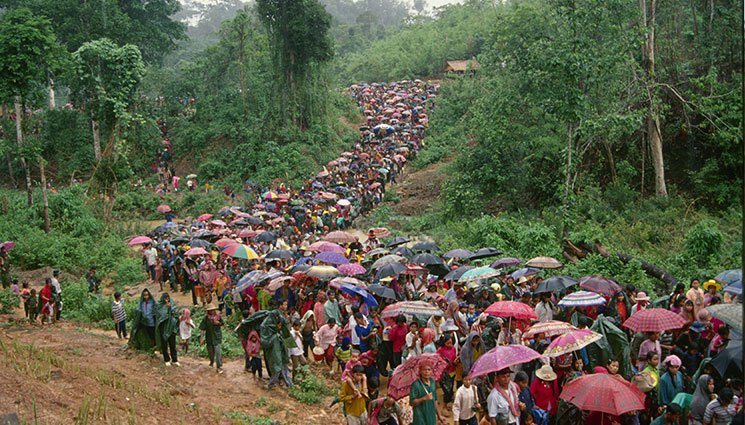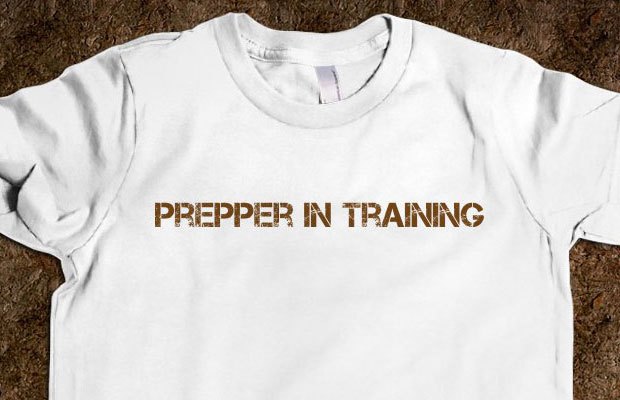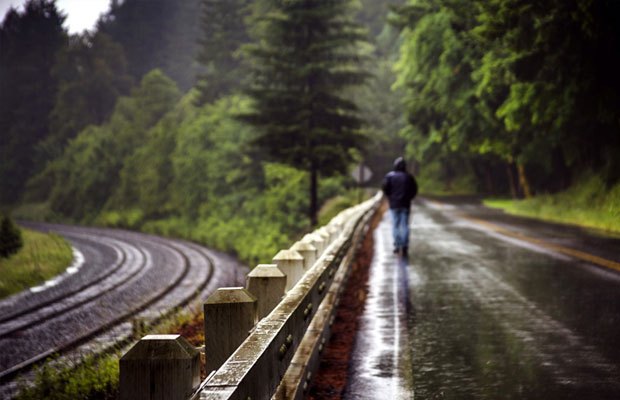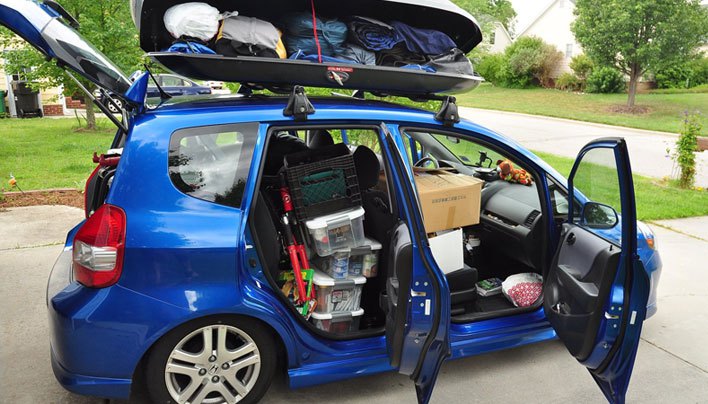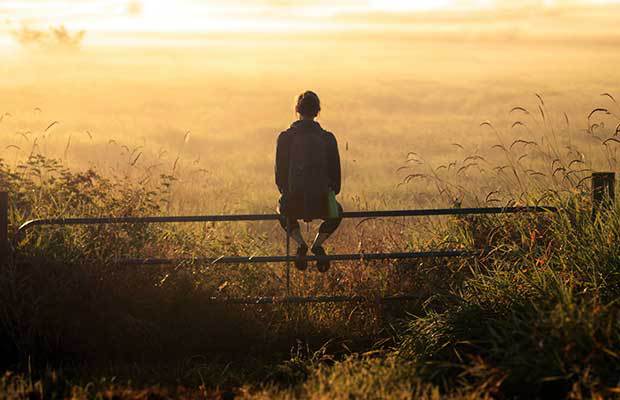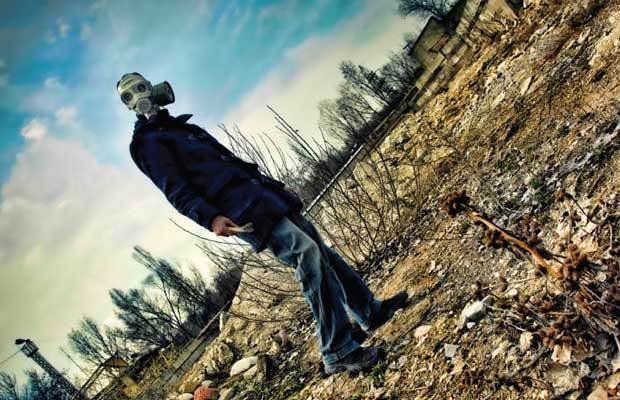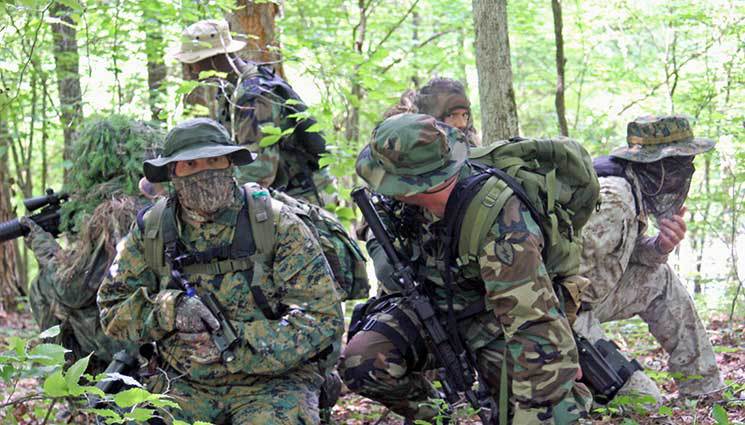
If you are in the middle of an event like this though, that need to touch base might require physically moving to another location. In all of the pandemonium you might need to make your way back home and if your family or group is spread out in multiple locations, it is a good idea to have a rally point that everyone is aware of and knows to go to in the case of an emergency. Having a plan for where everyone will meet after a disaster will ensure that there is no question for your family on what to do and where to go. This is a part of a larger plan on how to Bug Out that we will be talking about over the next weeks.
Multiple Rally Point options may be best recorded on paper.
Traits of a good Rally Point
Easy to find – A good rally point is some place that is easy to find. You probably don’t want your rally point to be that stream 5 miles into the woods in most situations. If your family was faced with an event that caused a wide-spread dispersing of people, you want a place that is familiar and your family can find without having to revert to a map, GPS or anything more than memory.
Offers cover and concealment – If you are displaced from your home; your rally point might have to shelter you for the night. I wouldn’t pick a place like the park bench in central park where we first kissed unless your plan is to meet there and move to someplace more fortified. Your rally point should be a hard structure that you can stay in if needed to wait for the rest of your group. Cover will give you the added benefit of offering protection from small arms fire. This may not be possible or practical depending on where your family members are, but worth consideration.
Away from lines of drift – In a grid-down scenario you might have heard of the terms lines of drift. This refers to the tendency people have of taking the path of least resistance out of major metropolitan areas. Major highways will be the first route people take until their cars no longer work or there is a major traffic snarl. Then they will start walking and gradually take side roads looking for shelter and refuge. You want your rally point to be away from areas like this to avoid being caught in the trap of too many other desperate people who may view your group or supplies as targets.
Defensible for short periods of time –Ideally, your rally point would be someplace hardened that you could defend if needed. This may be a concrete reinforced building that you could barricade yourself into. I know this makes a rally point location harder to find, but may factor into your considerations depending on your circumstances. It could be a high location on a hill with plenty of cover from rocks or large downed trees. It could be a bunker…
Types of Rally
Initial – In a true bug out scenario, you may have in your survival plan several different rally points at various locations. The initial rally point may be your first location that everyone is supposed to meet at. This could be that park bench, a friend’s house a short distance out of town or a central location in town.
Depending on how far you plan to go you may have other rally points to meet along the route you are planning to make. In situations like this, you may have multiple points based upon the route you might have to take. For instance, one route may be blocked to traffic so you would need to take back roads to your destination. Communicating the route you are taking is going to be crucial so having a method to talk to the other members of your group either by radio or shortwave needs to be considered too.
Objective rally point (ORP) – Your objective rally point may be your retreat location or a neighbor’s home in another state or city. This would be the final destination for all of the members to meet and regroup after a situation that caused everyone to have to leave home in the first place.
Your personal rally point could be as simple as your home. Whenever I am traveling, my family knows that if anything happens, to stay home and I will come to them. If they have to leave for some reason, they will leave a note telling me where they went and I will find them. Having a plan for keeping your family together or reuniting them after a disaster will help you in your preparedness plan.
Identifying which type is best for your family
If you are new to prepping or even if you have been prepping for years, your plans for what to do if we have a major SHTF event may fall into one of two camps. The first camp is going to Hunker down or shelter in place. The second group plans to Bug out to a remote location. If your plan is to Bug Out and your family is not all together, planning a rally point in route to your destination makes perfect sense. On the other side of the coin, if your plan is to Hunker down and shelter in place at your home, but that home is unreachable due to a natural disaster what will you do? It is times like this that a rally point would be wise to plan for.
It may seem to be the biggest hurdle to getting something like this done, but a conversation has to be initiated about topics like this and even more importantly followed through. As parents, in most homes you have a conversation with your child that goes something like this. If there is ever a fire, you get out of the house and meet at the mailbox. That is a simple refrain, it’s easy for kids to understand and visualize and gives them a sense of security that they know what to do if something bad happens. For a major emergency, their house may be just fine and the lines blurred more. If your house is on fire, you know it’s time to go. You easily feel the heat and fear that drives you to get out of the building and move to a location where you are supposed to be.
With something less definite you would need to have gate keeping types of events and a plan for how this works. Most of this rally point idea is focused on a situation where you are unable to communicate with your family. If you are in contact, then meeting is much simpler. However, there may be situations where you will not be able to communicate and your family will need to know what to do if they can’t contact you. For example:
- If all communications are out and you can’t reach me. – Non weather related
- If I am out of town and martial law is declared
- If travel is stopped – no driving/roads are blocked/ no flights are taking off
- If there is a chemical spill nearby – Should have options for different directions – based upon likelihood of this happening.
Each families situation is different but identifying the causes that you may be faced with would be step one.
Once you have an idea for what situations would prompt going to your rally point and assuming there are multiple rally points, you would need to determine which Rally point would be used and how long someone should stay there. The last thing you want is for everyone to be showing up at different rally points and then leaving to go to other rally points missing each-other in the process and potentially being in an unsafe situation needlessly. This brings up a good question. Isn’t it better to simply pick one place that you will be safe in and stay there?
In a perfect world, you would be able to say if the SHTF I will be at Aunt Kathy’s. Everyone would be able to get there, knows where it is and it provides a single location that hopefully would already have supplies that you need. If not, you can at least plan to bury caches along the route to your Aunt’s house. Not everyone has a single, remote location they can run to.
On a recent trip my wife and I agreed upon a rally point she would be at if I had to come and find her. She was vacationing with family several hours away and worked out a location. If anything were to happen I was going to get her and if she wasn’t in the location she was supposed to be, she let me know how to find her. Let’s assume for arguments sake the “anything” that went wrong in this hypothetical was the grid going down. Real SHTF time comes to our neck of the woods finally and the world is thrown into complete chaos. In this case, there was a state park nearby. She said she would be 45 minutes’ walk inside the main entrance to the park which happened to be across the street from where she was staying. Knowing about how long it takes her to walk 45 minutes, I could go to that location and reconnect with her. For distances like this it is a plan not without drawbacks, but it does remove one risk that landmarks such as buildings would be destroyed and provided she stayed put for the entire time it took me to find her, this would work.
You can also use the rally point concept if the world hasn’t gone to hell. What if your children are lost at an amusement park or the mall? Identifying a rally point before you start the day will give them a place to go if they are separated. What if you were at a mall and some nut started shooting? With a rally point, your children would know exactly where to go if they could to meet back up with you. It prevents a lot of searching and worry.
I know there are a wide range of other aspects of this concept that I could go into, but for now start planning a rally point for your family. Beginning those discussions can help you all get on the same page so that if a disaster happens, you will know where to go. If you have created your own Rally point, please share what you decided in the comments below.
















